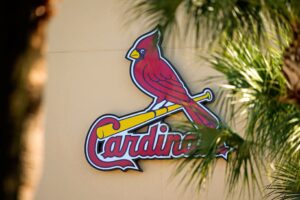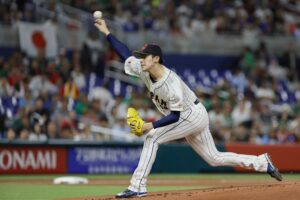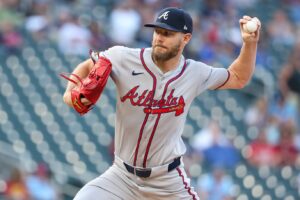January 11, 1973, is a day that will forever live in baseball infamy. This was the day that permanently split baseball fandom into two camps. The first camp (and let’s be honest, the superior) is the anti-designated hitter faction. These fans believe that having a tenth player bat for the pitcher, while allowing the pitcher to stay in the game, is a travesty. Moralistically pure of heart humans who are worried about the integrity of the game favor this first group. On the other side of the fence, the pro-designated hitter faction leers back at their saintly counterparts. They radiate contempt for their opponents. And they want their designated hitter rule to slowly spread across the National League like cancer eating away at the goodness of the game.
Yes, it was back on January 11, 1973, that the owners passed the designated hitter rule. Thus creating a Mason-Dixon line in Major League Baseball. The battle has been raging now for nearly 50 years.
But Why
By 1973 the American League had been lagging behind the NL in both attendance and runs scored. And, of course, this didn’t make the owners of the AL teams all that happy. One owner, a man named Charlie Finley, the owner of the Oakland A’s, was sure that the designated hitter would fix the problem. Finley was known for his zany ideas from orange baseballs, to a mechanical rabbit that would deliver new balls to the umpire, to giving his players $300 bonuses for growing out their mustaches. Even though Finley did not come up with the idea of the DH, which had been around since the early 1900s, he was its biggest advocate.
And when Finley wanted something, he usually got it or was able to convince others to get it for him. What was his argument? It went something like this: the pitcher was usually a poor hitter. By replacing that poor hitter with a good hitter more runs would be scored. More runs being scored would translate to more fans at the games. The other American League owners bought it. The NL owners weren’t too sure and decided to pass. Their logic was why mess with a good thing. And that is why for the first time in MLB history the two leagues would play using different rules.
The Designated Hitter Comes Alive
Four months after the owners carelessly toyed with the hearts of baseball fans, Ron Blomberg stepped to the plate. Before a crowd of 32,882 at Fenway Park, Blomberg, batting sixth in the New York Yankees lineup, became the league’s first designated hitter. He was facing Luis Tiant. Blomberg worked the count full and then walked. A humdrum beginning to a rule that takes away from the strategy and personality of this great game.
What’s to Come
Initially, the DH was supposed to be a three-year experiment, but it worked so well that the AL owners decided to keep it. For the first few years, the DH stayed in the American League. Then in 1976, it started to spread its foul stench to the even-numbered years of the World Series. That rule ended in 1985 and was replaced by the current rule that states that it is based on the home team’s practices. So, whether it is a regular-season interleague game or a World Series game, if the American League is the home team then a DH is used, if the National League is the home team then no DH.
And then came COVID-19 and with it the universal DH. The rule was implemented for the 2020 season as a result of a special agreement between Major League Baseball and the Major League Baseball Players Association. Most assumed that the agreement would carry over into the 2021 season, but alas that was not the case. And while the 2021 season has pitchers batting in the NL, it looks as though this may be the last time to witness this dying breed of ballplayer. Murmurings of a new Collective Bargaining Agreement for the 2022 season and beyond include a universal DH. Funny that it took a pandemic to spread the disease of the DH to both leagues.
Main Photo:
Embed from Getty Images
Players Mentioned:






